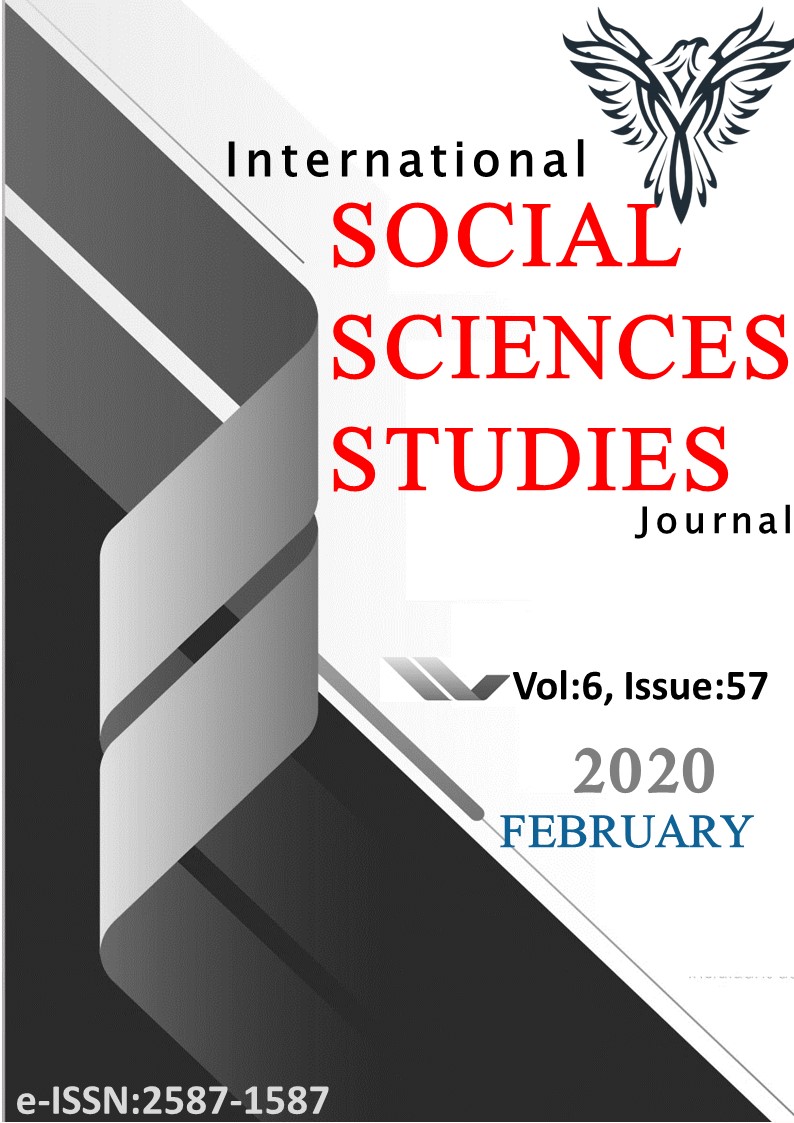Author :
Abstract
Bu çalışmada Ayşe Kilimci’nin “İki Bin Yılın Resmi” ve Halikarnas Balıkçısı’nın “Parmak Damgası” adlı öykülerinden hareketle imgelemin gizil gücünün belirlenip ve çoğunlukla şiir söz konusu olduğunda adına sıklıkla gönderme yapılan imge kavramının yazınsal metinlerden öyküye yansıması incelenmiştir. Şiirde genellikle sözcük düzeyinde alışılmamış bağdaştırmalar ve çağrışım unsurlarıyla ortaya konulan imgelem, öyküde öykü unsurlarının – olay örgüsü, uzam, zaman, karakter ve anlatı açısı- yoğrulması çerçevesinde vaka içindeki bir tavrın, yaklaşımın veya davranışın bir simge veya sembole bağlanmasıyla oluşmaktadır. Bu bağlantı şiirdeki alışılmamış bağdaştırma gibi okuyucuyu şaşırtmakta, etkilemekte ve sarsmaktadır. Böylece öykü metnine sindirilmiş ileti, imgelemin gizil gücü sayesinde okurda edebi bir coşku ile birlikte sarih bir görünüme sahip olmaktadır. Doküman analizi yönteminin kullanıldığı çalışmamızda özellikle çarpıcı bir hikâye diye vasıflandıracağımız bir metnin bu vasıfla adlandırılmasında imgelemin gizil gücünün etkisinin ne olduğunun ortaya konulması ve imgelemin incelenen hikâye metinlerine nasıl yansıdığının belirlenmesi amaçlanmıştır.
Keywords
Abstract
In this study, the reflection of the concept of image, which is often referred to in the name of poetry, from the literary texts to the stories is examined after determining the latent power of the imagery basing on the stories of Ayşe Kilimci's "The Picture of the Two Thousand Years (İki Bin Yılın Resmi)" and Halikarnas Balıkçısı's "Finger Stamp (Parmak Damgası)". While the imagery is usually presented with unusual associations and associative elements at the word level in the poem, it is formed by linking an attitude, approach or behaviour within the case to an icon or symbol within the framework of combining the story elements in the story - the plot, the space, the time, the character and the narrative. This association surprises, influences and appals the reader, like the unusual associations in poetry. Thus, the message hidden in the story text has an evident appearance stimulating a literary enthusiasm for the reader thanks to the latent power of the imagery. In the present study, in which document analysis method is utilised, how the imagery is reflected in the aforesaid story texts and what effect the latent power of imagery has on referring of this text as ‘a striking story’ are discussed.





